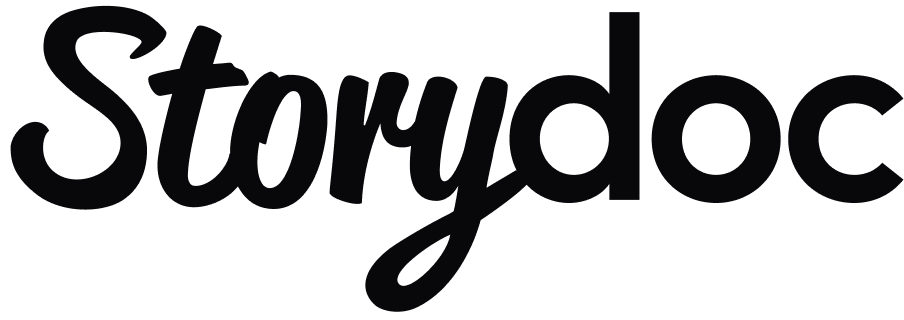Internal business plan
Internal documents tailored for departments such as marketing or HR emphasize recruitment statistics, succinct insights about the company, and a more focused financial outlook. These documents usually adopt a less formal tone and are often managed using document management software to ensure efficient organization and accessibility.
Purpose: Align your team and streamline operations.
Key approach: Focus on strategy, flexibility, and clear metrics.
Tip: Regularly review and update the plan, and encourage team feedback.
External business plan
External documents reach out to those outside your immediate circle, such as investors or partners. They provide a thorough overview of your company, including detailed financials, and maintain a formal tone, typically aimed at securing funding or establishing partnerships.
Purpose: Impress and persuade investors or partners.
Key approach: Ensure clarity, and professionalism, and tailor content to your audience.
Tip: Understand your audience's priorities, and seek expert feedback before finalizing.













